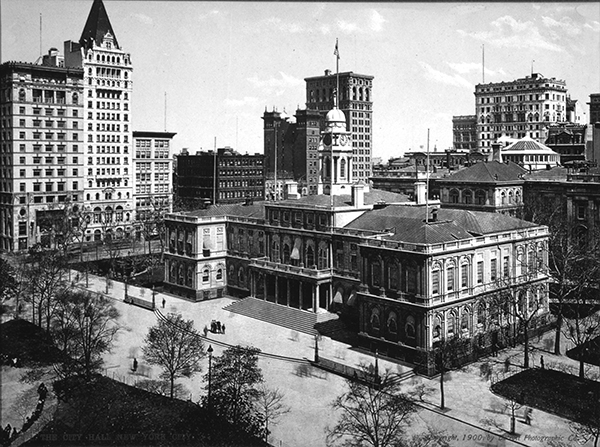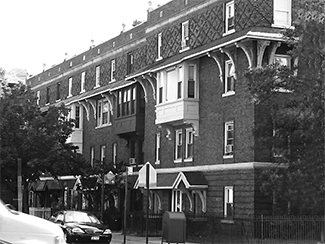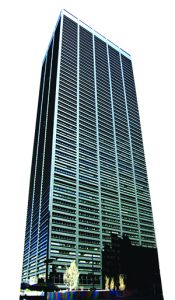Trending
This month in real estate history
This month in real estate history

1855: City Hall almost moves uptown
City Hall was nearly moved to Madison Square Park 163 years ago this month. In a contentious municipal meeting, a trio of councilmen argued that the complex should be moved uptown, predicting that as the city grew, its activities would be concentrated further north, according to the New York Times. The debate was literally sparked after a fire in January 1854 ripped through a nondescript building adjacent to City Hall, which was used as overflow space for the offices of the U.S. Courts and Public Office and storage. The flames miraculously did not spread to City Hall, and all critical documents were saved. Once onlookers realized it was only the storage building on fire, they reportedly enjoyed the spectacle of it burning to the ground. The destruction of the facility, which was referred to by the Times as an “old rathole,” sparked a $5 million construction project to rebuild the lost offices and storage rooms, and gave the councilmen an opportunity to propose shifting the entire civic compound north. They lost the vote despite lengthy debate proving proximity to Wall Street trumped the convenience of regular New Yorkers.
1910: Multifamily market takes off in Brooklyn

Kinkos Houses
A new kind of encroachment was taking place in the suddenly trendy Brooklyn neighborhood of Flatbush 108 years ago this month. Mansions and former farmlands were being dug up to make way for dense new streets filled with one- and two-family homes. The largest deal of the year to date, according to the New York Times, was for 48 undeveloped plots, which the buyer scooped up for just over $92,000. Meanwhile, John R. Corbin Company, one of several prominent homebuilders in the neighborhood, sold hundreds of homes in the area even as an additional 75 properties were about to come on the market. The neighborhood’s perks, according to agents, included good transportation, proximity to business hubs and a new wave of innovative design. For instance, developer Kings and Westchester Land Company hired architects Mann & MacNeille to design the the Kinko duplex house: two-family homes with separate entrances and spacious quarters of up to 11 rooms and two bathrooms. The Kinko houses first came on the market in 1907 in what is now what is now the Crown Heights Historic District, and prospective tenants lined up around the block to nab units.

One Liberty Plaza
1968: Plans for One Liberty Plaza revealed
The United States Steel Corporation released its design for a new office tower to replace the demolished 60-year-old Singer Building, the New York Times reported 50 years ago this month. The new tower would be much larger than its predecessor, with 1.8 million square feet of leasable space spread over 54 stories, according to the Times. Designed by Skidmore, Owings & Merrill, the plans were lauded for the proposed building’s visible steel-framed structure, its facade of glazed gray-tinted glass and its connections to its neighbors. Underground walkways would link the office building to subways and the still-under-construction World Trade Center. The hype and acclaim seem to have helped sell the building: Before the design became public, stock brokerage Merrill Lynch signed a 700,000-square-foot lease to become the anchor tenant. Today the building is known as One Liberty Plaza and is worth an estimated $1.6 billion.




